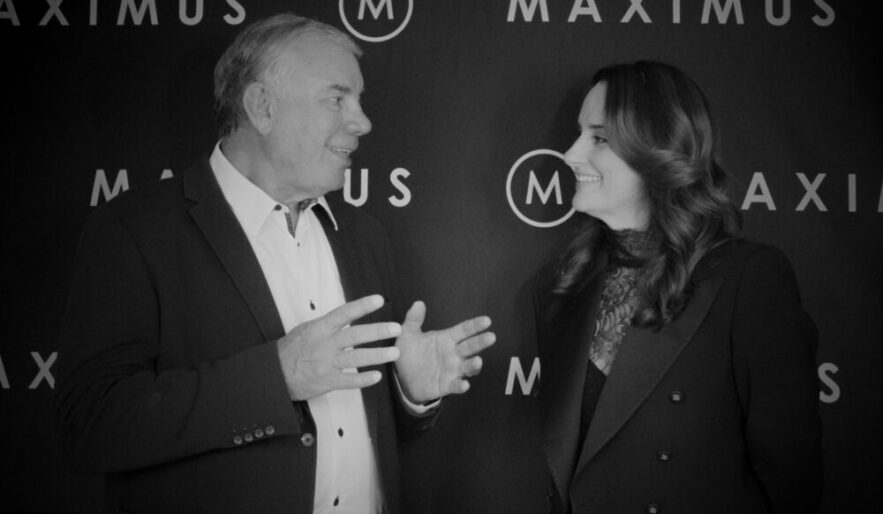Most companies are adept at developing strategies to differentiate and describe how they will win in the marketplace. Where they fail is often in the execution of those strategies. One of the biggest challenges of modern leadership is enabling others to FOCUS on getting the ‘big things’ right. As leaders, we often overload our organisations with complexity, which creates unhelpful noise. The more we push our overambitious agendas, complex structures and cumbersome processes, the more noise in the system. The most effective leaders have learnt the power of simplicity. They consistently work to distil complexity, minimise distraction and bring clarity to the key elements of their strategy. It’s this continual dialogue and framing that enables people within the organisation to determine signal from noise and focus on the outcomes that will help them win.
In the early phases of strategy execution there is often enormous energy and CONVICTION that comes from the top – executives are visible in communications, there is strong top down monitoring and quick wins are celebrated. However, as execution becomes more streamlined, detail orientated and routine, conviction can waver – executives are less present in meetings, there is less direct monitoring, and communications falter as new issues take precedence. Despite executives often making general comments that ‘things are in-hand’ or ‘under control,’ staff can sense that their leaders have lost interest and are no longer dedicated to the cause. Leaders need to be careful of this disconnect; they need to understand the signals they are sending and pre-empt the assumptions that may be made.
Irrespective of powerful focus and conviction, to achieve results, strategic intent must be translated into implementable projects and owned by capable teams. Leaders need to set the tone and be unrelenting about CLEVER EXECUTION. This is about bringing a strong cadence to pursue the future state and acting as a role model when it comes to being disciplined. Top leaders have several responsibilities – to be accountable, to empower and grow capable resources, to offer incentives that motivate people to contribute and to build trust with their employees.
This article was originally published for CEO Magazine







